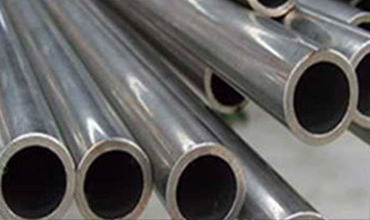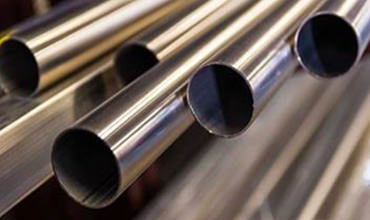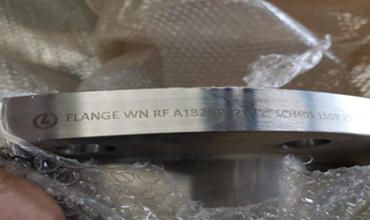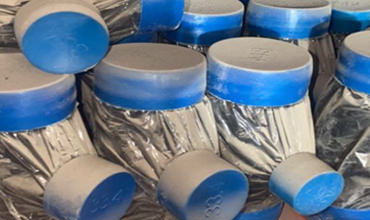Steel Pipe
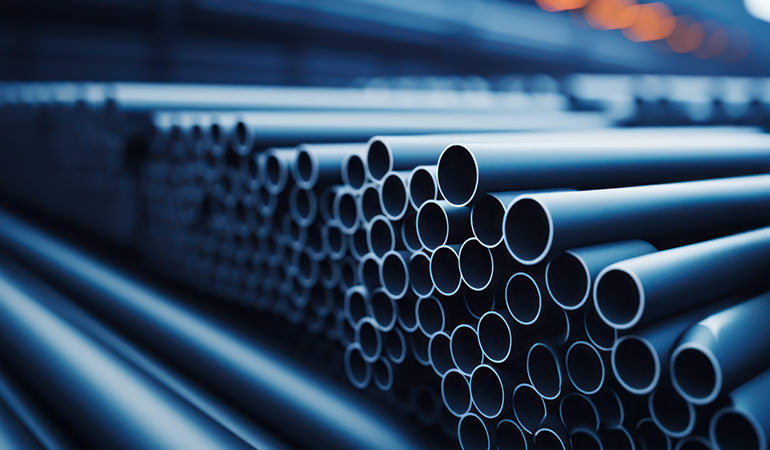
304L is a variant of 304 stainless steel with a lower carbon content, designed for use in welding applications. The lower carbon content reduces carbide precipitation in the heat-affected zones of welded areas, which can otherwise lead to intergranular corrosion (weld decay) in some environments. As a low carbon steel, 304L has similar corrosion resistance to 304 steel under general conditions. However, it provides excellent resistance to intergranular corrosion after welding or stress relieving processes. Without heat treatment, it also maintains good corrosion resistance at temperatures ranging from -196°C to 800°C. The resistance to intergranular corrosion makes it suitable for use in outdoor machinery in industries like chemicals, coal, and petroleum, where heat-resistant and difficult-to-heat-treat parts are required.
321 SS (UNS S32100) is a titanium-stabilized austenitic stainless steel that offers enhanced resistance to intergranular corrosion. This grade is suitable for high-temperature applications up to 1500°F (815°C), where the titanium addition stabilizes the material against chromium carbide formation. Titanium has a stronger affinity for carbon than chromium, causing titanium carbides to precipitate within the grains rather than at the grain boundaries. While the corrosion resistance in the annealed condition is similar to that of 304 and 304L, 321 stainless steel has better resistance to creep and stress rupture, making it ideal for pressure vessels and boiler applications. 321 stainless steel is non-magnetic and heat-resistant, suitable for continuous service at elevated temperatures.
Alloyed steel pipe fittings are primarily used in power plants, nuclear power plants, high-pressure boilers, high-temperature heaters and reheaters, and other high-pressure and high-temperature piping and equipment. They are made from high-quality carbon steel, alloy structural steel, and stainless steel, and are produced through hot rolling (extrusion, expansion) or cold rolling (drawing) processes to create durable steel materials.
The gate valve, also known as a sluice valve, is a type of valve that opens by lifting a barrier from the path of the liquid. The opening and closing component of the gate valve is the flash board. The direction of movement is perpendicular to the direction of the liquid flow. The valve is typically used to cut off the medium. When fully open, the entire flow passage is a straight path, and the pressure loss in the medium is minimal. It is not suitable for throttling or regulating flow. Various materials can be chosen for the transportation of water, steam, oil, natural gas, nitric acid, acetic acid, oxidants, and urea.
